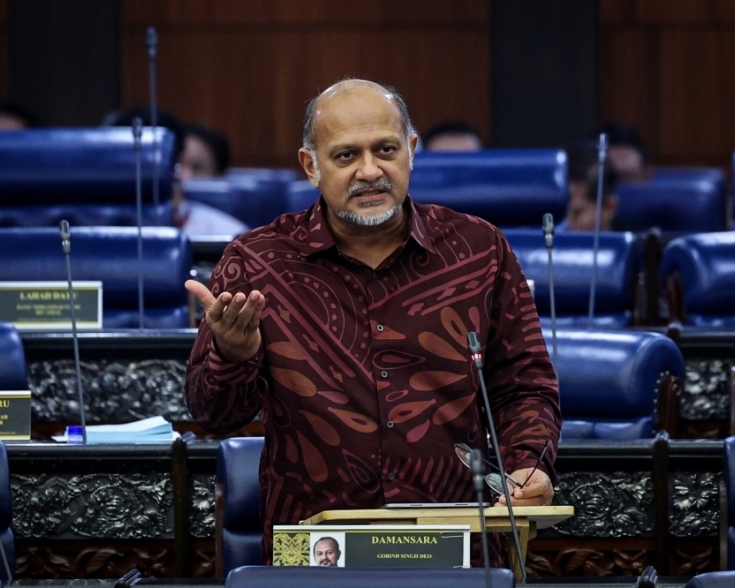Vietnam Unveils National Priorities in Science and Technology
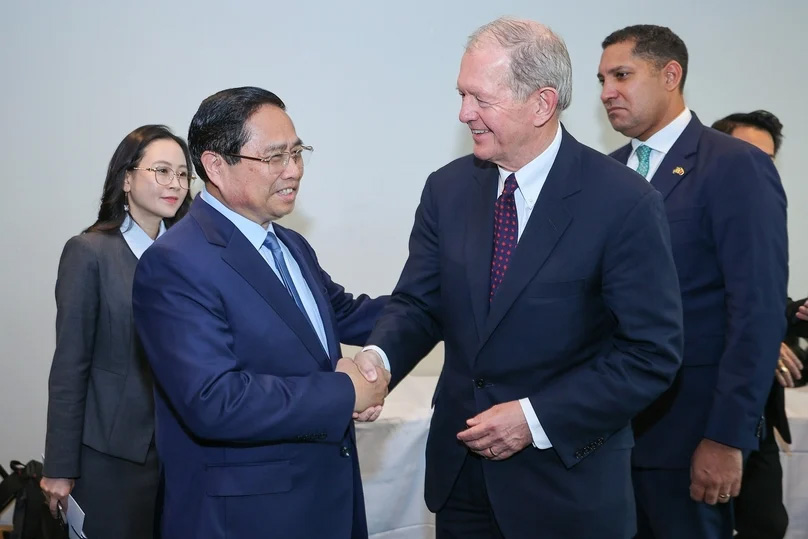
On June 12, 2025, Prime Minister Pham Minh Chinh signed Decision 1131/QĐ-TTg to issue Vietnam’s first comprehensive List of Strategic Technologies and Strategic Technology Products. The decision marks a major milestone in shaping the country’s science and technology agenda, identifying 11 strategic technology groups and 35 corresponding product categories to guide national investment, procurement, and implementation efforts.
This move follows the direction of General Secretary To Lam, who serves as Head of the Central Steering Committee on the Development of Science, Technology, Innovation, and Digital Transformation, to implement Resolution 57 of the Politburo, adopted in January 2025. The resolution is designed to drive breakthroughs in science, technology, innovation, and national digital transformation to better position Vietnam for a new era of tech-driven development.
Importantly, the decision also lays the groundwork for stronger financial commitment. General Secretary To Lam has directed the Government to allocate at least 3% of the 2025 State budget to science, technology, innovation, and digital transformation, with a five-year goal of spending 2% of GDP on R&D.
The 11 strategic technology groups and their product focus areas include:
Artificial Intelligence, Digital Twins, and Virtual Reality/Augmented Reality (VR/AR):
Vietnamese LLMs, virtual assistants, domain-specific AI and analytical AI, digital twins, and metaverse.Cloud Computing, Quantum Computing, and Big Data: Cloud services, quantum computing and communication, large-scale data centers.
Blockchain: Digital assets and currency, blockchain infrastructure, traceability systems.
Next-Generation Mobile Networks (5G/6G): ORAN-based RAN, core network equipment, and high-speed IP transmission solutions.
Robotics and Automation: Autonomous mobile and industrial robots, advanced agro-processing systems, post-harvest quality monitoring.
Semiconductor Chips: Application-specific chips, AI chips, IoT chips.
Advanced Biomedical Technology: Next-generation vaccines, gene therapies for health and agriculture, cell therapies.
Advanced Energy and Materials: Small nuclear reactors, solid-state batteries, fuel cells, electrolyzes, and advanced materials.
Rare Earth, Ocean, and Subsurface Technologies: Systems and technologies for rare earth element assessment, mining, deep-sea exploration, smart geological systems, and offshore energy.
Cybersecurity: Firewalls, intrusion detection systems, and cybersecurity solutions for critical infrastructure and national databases.
Aerospace: Remote Sensing and Low-orbit Telecommunications Satellites, Ground Stations and Satellite Control Systems, unmanned aerial vehicles (UAVs).
Following Resolution 193/2025/QH15 issued in February on piloting special mechanisms to drive science, technology, innovation, and digital transformation, the Government of Vietnam has, for the first time, introduced a national technology roadmap to guide coordinated efforts and identify priority areas. This strategic shift indicates that new incentives may be introduced to draw domestic and foreign investment. However, the viability of these industries will rest on Vietnam’s capacity to build essential infrastructure, strengthen regulatory frameworks, and develop a workforce equipped for high-tech growth.

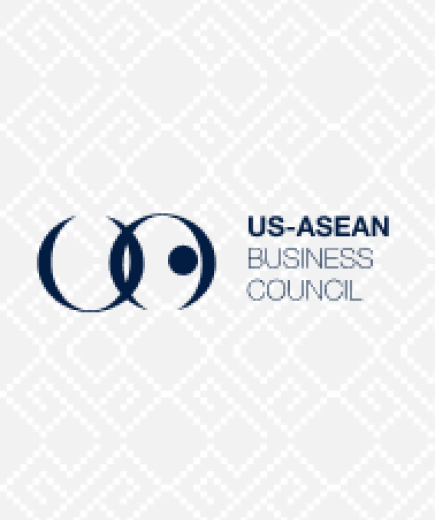
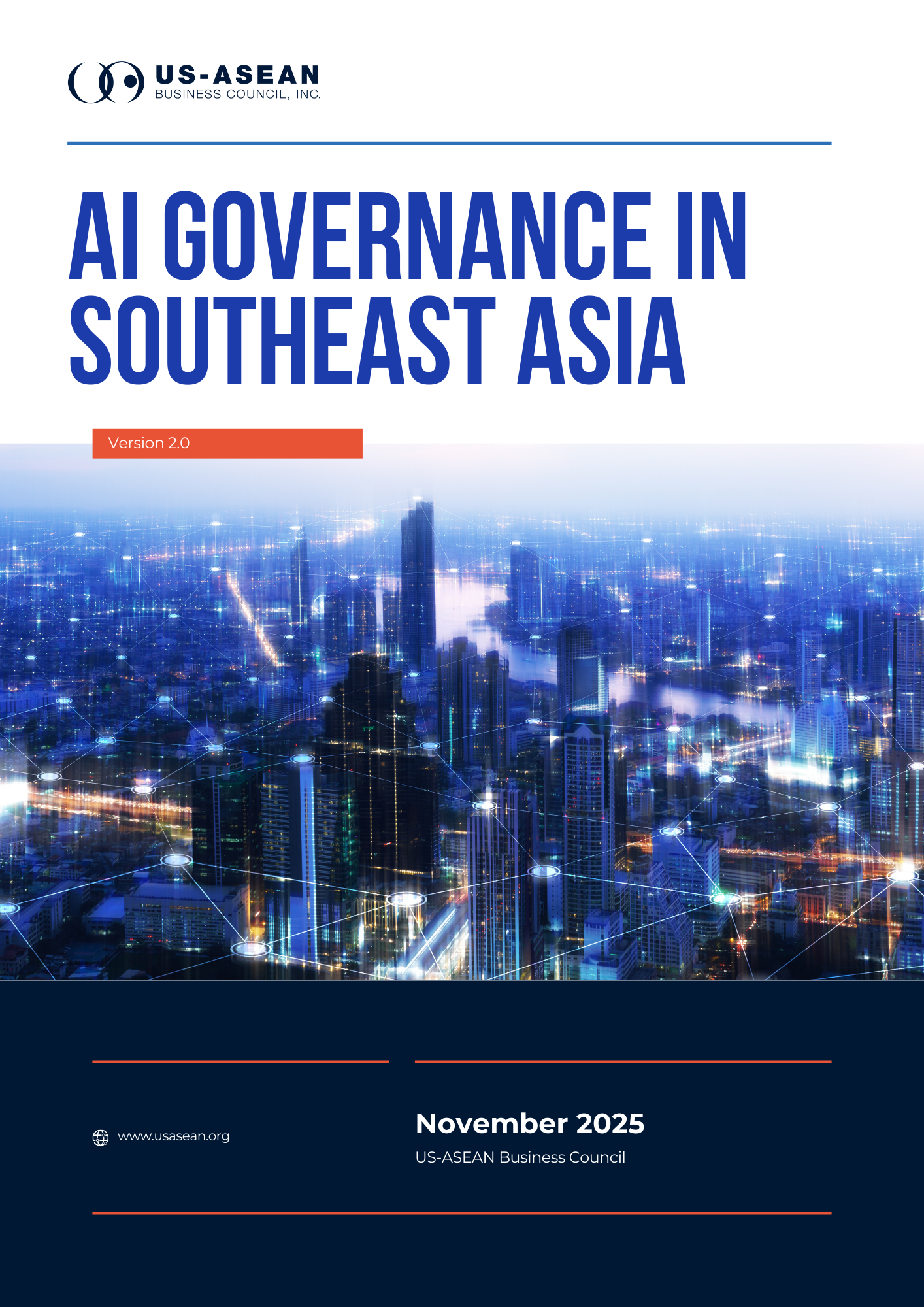
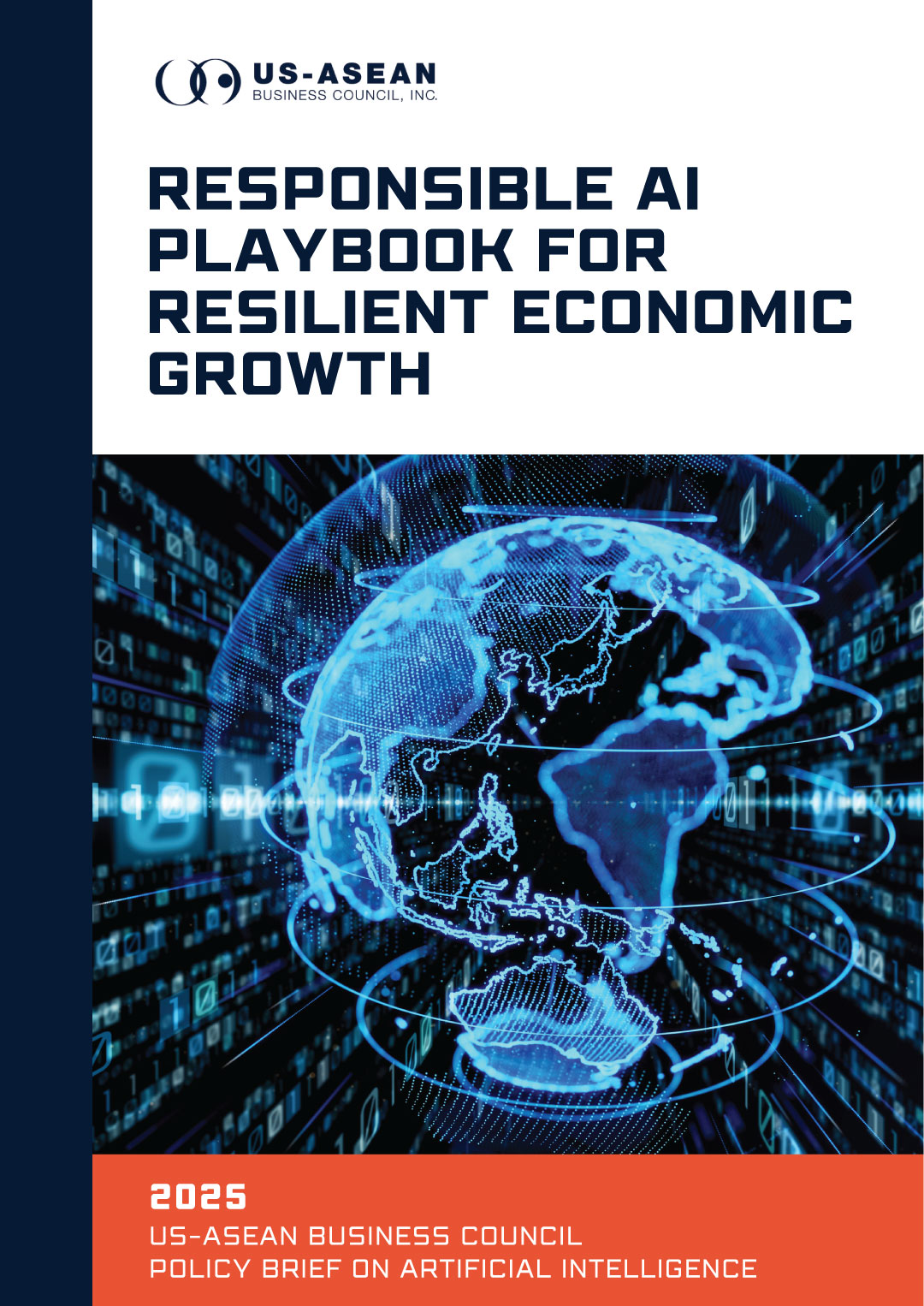
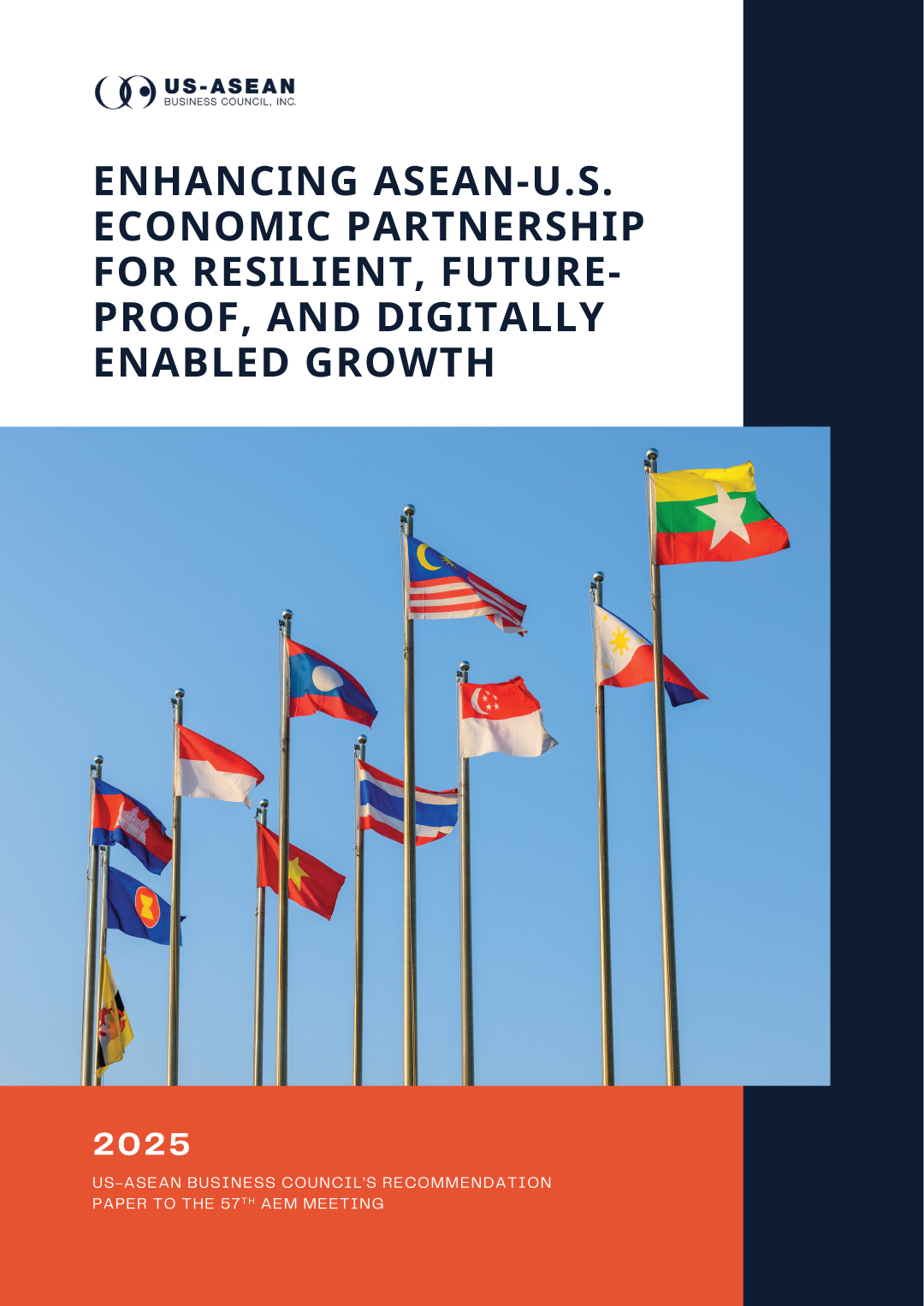
![Cover-[USABC-Final]-Driving-ASEAN-Unity-Malaysia's-Vision-for-2025](/sites/default/files/2025-07/Cover-%5BUSABC-Final%5D-Driving-ASEAN-Unity-Malaysia%27s-Vision-for-2025.jpg)
